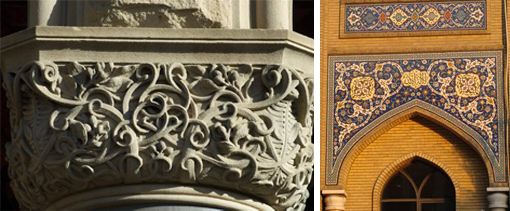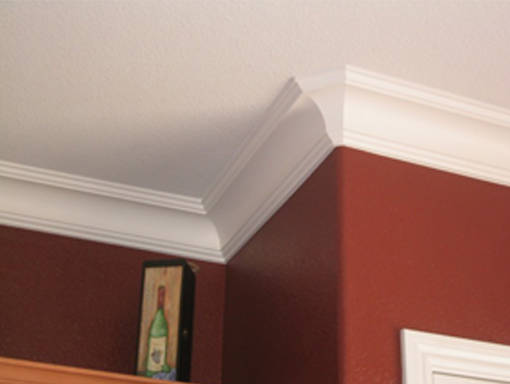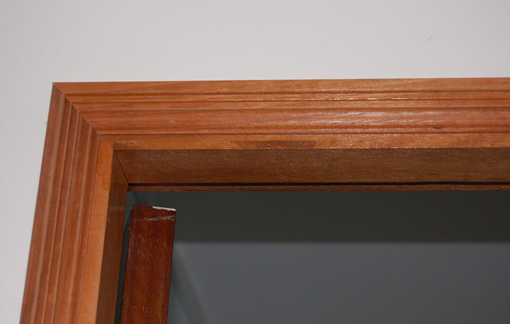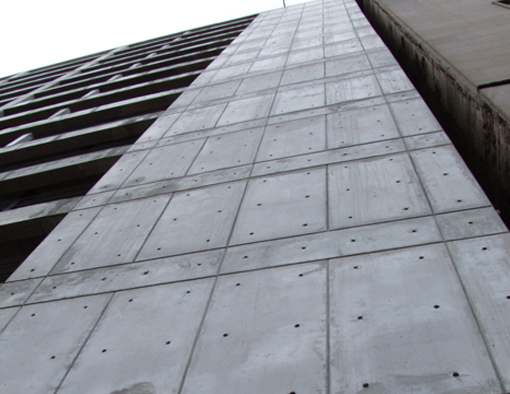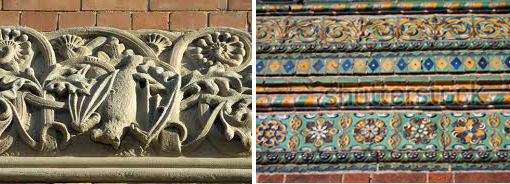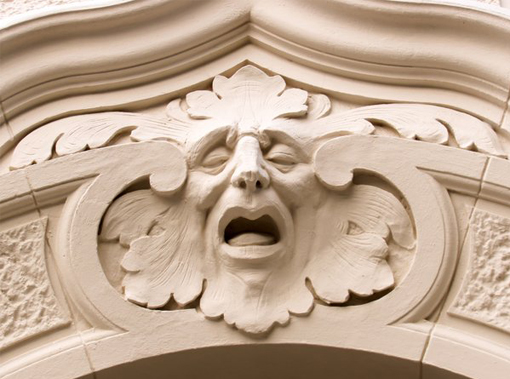Ornamentation vs Intensification
I presuppose that what I am going to say is known to all of my fellow professionals (read 'architects'). But since I constantly meet with the necessity of explaining the same to students as well as many of my team members, I thought it will be useful to write about it.
Arriving at details and detail patterns for a particular project is very rewarding as the whole design itself. One should always understand the reason behind each detail - whether it is appropriate, aesthetically pleasing, easy to build or needed at all. Most of the time, designers seem to be caught in a dilemma of using ‘ornamental’ patterns. Many find it pleasing to eye and many discard it as superfluous and surface deep.
The real problem is when one doesn’t understand the difference between ‘ornamentation’ and ‘intensification’ or confuse between the two and take decisions.
"BOTH ORNAMENTATION AND INTENSIFICATION MAY ADD BEAUTY, BUT THEY SPRANG FROM DIFFERENT SOURCES OF INSPIRATION"
In plain terms, ‘intensification’ is the creative way of adding aesthetic value into something which is basically a functional requirement.
Moulding introduced to cover junction between two planes.
Architrave to conceal joint between two different materials.
Rustication strips attached to concrete formwork create shadow lines that conceal irregularities that occur where one pour of concrete joins another or where one panel of formwork butts another. Intensification of the same results in aesthetically pleasing surface pattern.
Whereas ‘ornamentation’ can be referred to those patterns or details that bear little or no relationship to the functional requirement.
Both ornamentation and intensification may add beauty, but they sprang from different sources of inspiration. A detailer should look first to intensification as a way of enhancing the aesthetic impact of details. Ornamentation can be equally as effective as intensification, but it requires more dexterity and judgement, because it does not arise from a specific, tangible feature of the building but is created almost in a vacuum. Often intensification alone is sufficient to carry the building into the realm of the special, and applied ornament can look superficial, even awkward or tasteless if it is badly done*.
*Edward Allen
